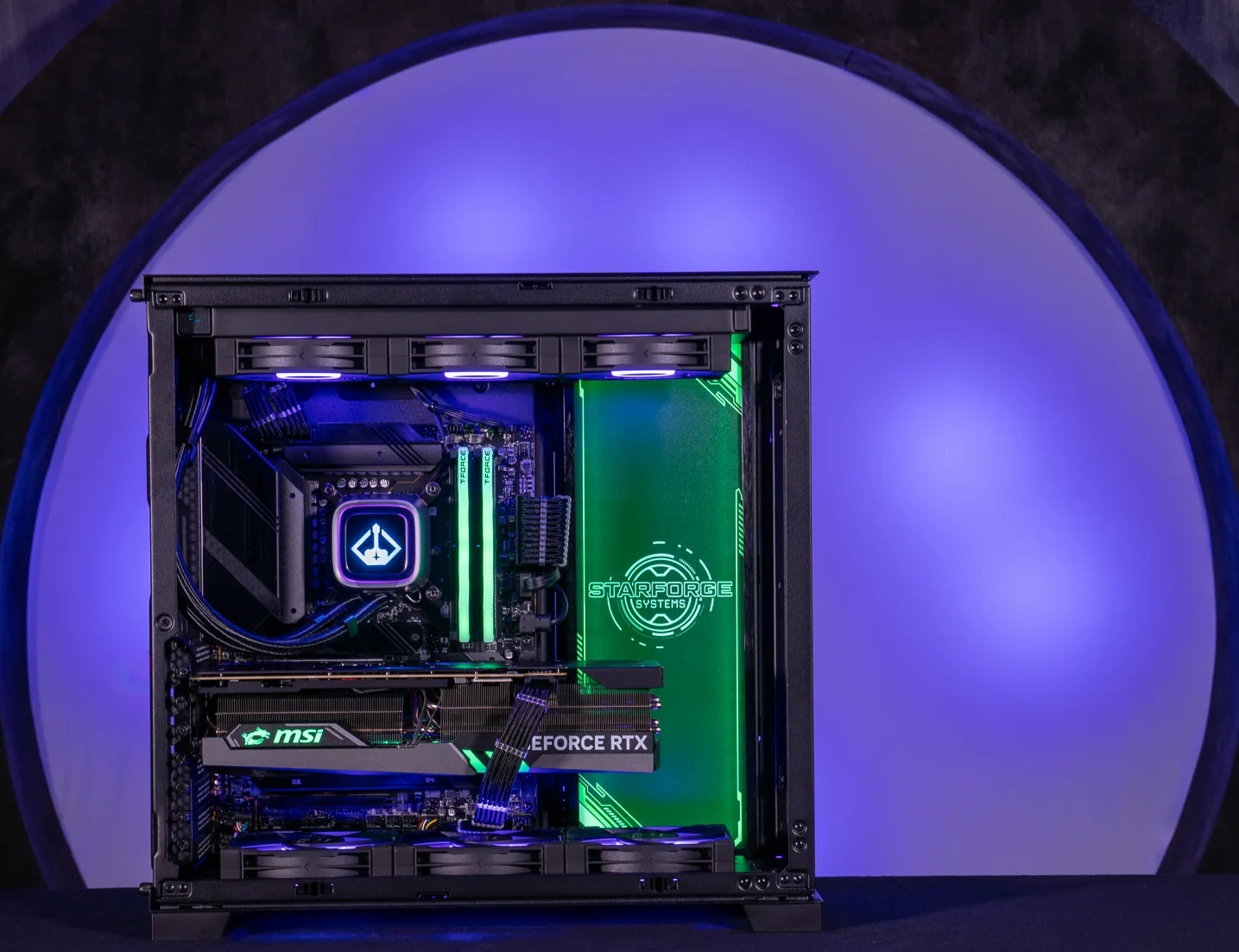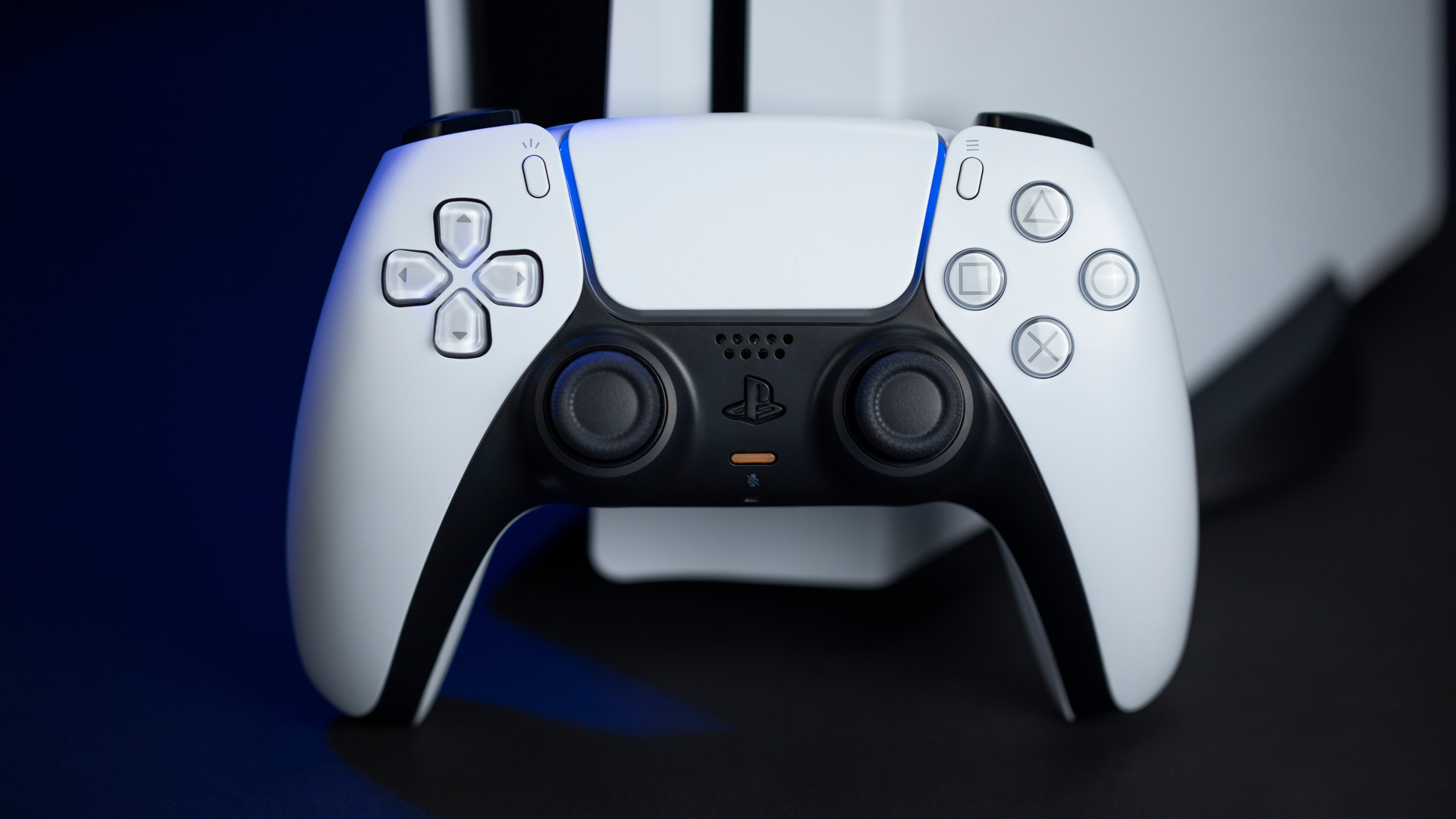Both Microsoft and Sony have confirmed they’re working on next-generation games consoles, with 2027 even tipped to be the potential launch date for a potential PlayStation 6 or new Xbox. But I’m here to squash that hype.
While 2027 makes sense for the usual new console cycle, which tends to be around every seven years – the PlayStation 5 and Xbox Series X (and S) both launched in November 2020, so that amount of time will have elapsed come 2027 – I think it’s way too early to start thinking about next-gen consoles (unless you’re looking at snagging a Nintendo Switch 2 restock).
I was lucky enough to put both current-gen PlayStation and Xbox flagship consoles through their paces when they launched. And both are excellent bits of hardware; the Series X is the ultimate expression of Xbox, while the PS5 offered a neat suite of innovations and the immersion-heightening DualSense controller.
You may like
But the disruption of the COVID-19 pandemic not only made it hard to get either of the consoles close to launch, but also saw huge delays to games. This had the knock-on effect of more games being cross-generation than I’d have usually expected.
While that’s no bad thing, especially as I rather enjoyed playing games like God of War and The Last of Us Part 2 at 60 frames per second (fps), I felt it didn’t really give the proper next-generation console vibe I’d hoped for.
And now, five years into the generation and Microsoft has already started talking about next-generation hardware, with Xbox president Sarah Bond announcing the gaming division has formed a partnership with AMD for future hardware. And Sony confirmed it’s working on new next-generation PlayStation hardware, but stopped short of calling it the PS6.
Too soon?

None of this is surprising, as of course there’ll be a new console generation; that’s unless Microsoft really does eschew hardware and go fully into Xbox Cloud Gaming, but that’s another topic of discussion. However, I think it’s way too early for even the most hardcore of gamers to be thinking too much about what’s next for Xbox and PlayStation hardware.
The crux of this is, I reckon, we only really started to get proper ‘next-gen’ games in 2022, perhaps even 2023 – when the term ‘next-gen’ started to feel irrelevant. Perhaps ‘current-gen’ was more appropriate by then.
Now I get that even on the PS5 Pro, players may still need to make some form of choice between the fastest frame rates or the crispest graphics, rather than just having 4K 60 fps (I should add that the PS5 Pro does offer some excellent middle-ground options like a 40 fps high quality graphics mode in Horizon Forbidden West, and PSSR offer some smart upsampling for games).
So there’s potentially an argument for new hardware to finally deliver the ultra-high-definition and fast frame rate combo that has always felt like an undelivered promise.

Of course, PC gamers with deep pockets can already get this with a high-end machine, or are making the most out of Nvidia’s DLSS tech to get fast frame rates at cleverly up-mixed resolutions.
As someone with a very powerful gaming PC, I do love the ease of being able to boot up basically any game, crank everything up, and enjoy fast frame rates on a monitor with a high refresh rate. But that’s a bit of a niche proposition, and I don’t think it’s yet a catalyst for new console hardware.
My overarching feeling is that the current Xbox and PlayStation generation is only really three-ish years old in a gaming sense. I’d like to see more pumped out of the current hardware before diving headfirst into the next, as I reckon developers have more to extract from these machines.
I’ve partially made this argument before in regards to the PS5 Pro, which I think is great but perhaps a tad underwhelming. What I find more impressive is seeing consoles work to deliver impressive performance or visuals as developers really learn to optimize for their silicon innards.
Today’s best Sony PlayStation 5, Sony PlayStation 5 Pro and Sony PlayStation 5 Slim deals
Take The Last of Us on the PS3 – that was a seriously impressive-looking game that got so much out of very mature hardware. I’d say the same was true of Halo 4 on the Xbox 360.
While those consoles had different chip architecture to their predecessors, I think that the technical know-how of getting the most out of aging hardware may have had a positive knock-on effect on developing games for the PS4 and Xbox One.
Given that last-generation and this generation’s consoles run on AMD chip architecture, and that’s sure to continue with the next-generation, I think learning to push current hardware as hard as possible will have a positive knock on effect for the next-gen consoles in terms of extracting more performance from the offset, but also potentially opening up new gaming experiences with an understanding of what can be done with extra performance headroom.
Beyond frame rates

While we’ve had some very graphically impressive games, like Horizon Forbidden West and Gran Turismo 7 on PS5, and Forza Horizon 5 on Xbox Series X, I don’t feel they were enormously different from their predecessors. So I’m still waiting on a game to truly wow me – Fable 4 and GTA 6 have both caught my eye, but they’re delayed until next year.
Going by the recent Witcher 4 tech demo, which looked amazing yet was running at 60 fps on PS5 hardware, there’s seemingly a lot of untapped promise in the current console hardware, especially with what Unreal Engine 5 has to offer.
Equally, I still think The Witcher 3: Wild Hunt looks fantastic, especially after its upgraded release on the current-gen consoles. And while I love fast frame rate gaming with all the bells and whistles on my PC, I do wonder if we’ve sort of hit ‘peak graphics’. Sure, things can get crisper, sharper, and smoother, but will we ever see the big generational leap like I used to see in the early 2000s? Probably not.

So I worry that with a new console generation now arguably on the horizon, we’ll see even the best games consoles go the way of smartphones and become almost incremental generation-to-generation. I do not want that.
Rather, I want new consoles to offer proper step changes in gaming. Where once graphical fidelity represented that, how about seeing something new?
The world and its technological dog are harping on about AI, so how about we see games consoles that can truly support advanced character AI that offer unique player experiences with each new playthrough, or expand the scope of games.

Or perhaps we see new control schemes that really make gaming accessible to all; as much as the Nintendo Switch 2 might be a cool piece of hardware, my colleague Rob Dwiar can’t use it, and that seems rather limiting in the year 2025.
As games have evolved, they open up more interesting experiences and interactions – if we break away from the established molds of Call of Duty, Assassin’s Creed, and so on – and I feel hardware could and perhaps should follow suit.
So it’s my hope that we don’t let hype push a new console generation too soon, and instead, current hardware is pushed to the max while smarter people than me come up with new tech that takes gaming to a new level.
You might also like
Services Marketplace – Listings, Bookings & Reviews
